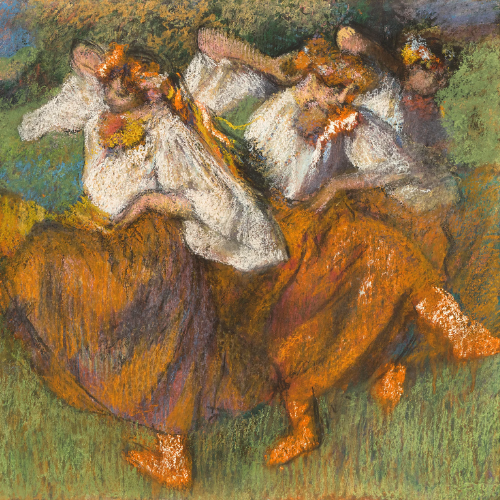–A blog series by Bill Rau–
It is my firm belief that almost every work of art falls into its own historical context, and only when one understands this specific context, can one fully appreciate it.
My own experience with this happened roughly 20 years ago when I was at a conference in Barcelona, Spain and there was a speaker on the great Spanish artist Francisco Goya. The speaker’s name was David Lenefsky.
The next morning after the speech, there was a tour of the Picasso Museum.
While we were waiting for the museum to open, David looked at me and asked, “Do you like Picasso?”
My answer would be different today, but then, my answer was,
“No, I don’t like the master. But I have a theory about why I don’t.”
He looked at me inquisitively, and said, “Tell me.”
I replied, “It’s because I feel that I don’t understand him. I think that if I understood him better, I would appreciate his work more.”
David broke into a giant grin and said, “Exactly.”

Today I am glad to say that I do understand Picasso and I do very much love his art. And I know that once we understand the deeper historical context and how an artist evolved, we will always appreciate them more.
In this series, we will explore some of the historical events that have not only influenced art but completely changed how we view and value it. In particular, we will discover how religion, politics, wealth and war at various periods in world history have shaped our perception of art. And it is my hope that, through the examination of a few paintings that our gallery either currently owns or has previously owned, we’ll learn from a historical perspective what makes them special.







